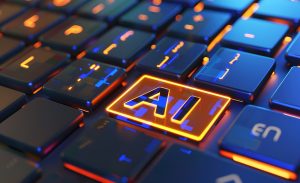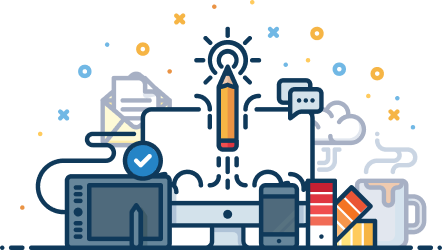In the ever-evolving landscape of data analytics, the R programming language emerges as a dynamic force, revolutionizing the way analysts and researchers extract insights from vast datasets. With its extensive statistical capabilities, versatile libraries, and a robust community, R is not just a programming language; it’s a catalyst for transformative data-driven discoveries.
Empowering Data Scientists with Versatility:
R’s versatility is a cornerstone of its appeal to data scientists. Whether handling intricate statistical analyses, developing machine learning models, or delving into exploratory data analysis, R provides a comprehensive toolkit. The language’s adaptability makes it well-suited for addressing the multifaceted challenges posed by diverse data sources, allowing data scientists to seamlessly transition between tasks without compromising efficiency or analytical depth.
Beyond the Basics: Harnessing R’s Advanced Features:
Beyond its fundamental statistical capabilities, R boasts advanced features that elevate its standing in the analytics realm. The caret package, for instance, streamlines the process of building predictive models, offering a unified interface for various machine learning algorithms. The language’s integration with tools like RStudio enhances the development environment, providing a user-friendly interface that facilitates code creation, visualization, and collaboration.
A Bright Future for R:
As data analytics continues to shape the future of decision-making across industries, R’s role becomes increasingly pivotal. Its open-source nature, coupled with an expansive repository of packages, ensures that R remains at the forefront of innovation. The language’s influence extends beyond academia, permeating industries where data-driven insights steer strategic decisions. In the hands of skilled practitioners, R is not just a programming language but a catalyst for unlocking the full potential of data analytics.








